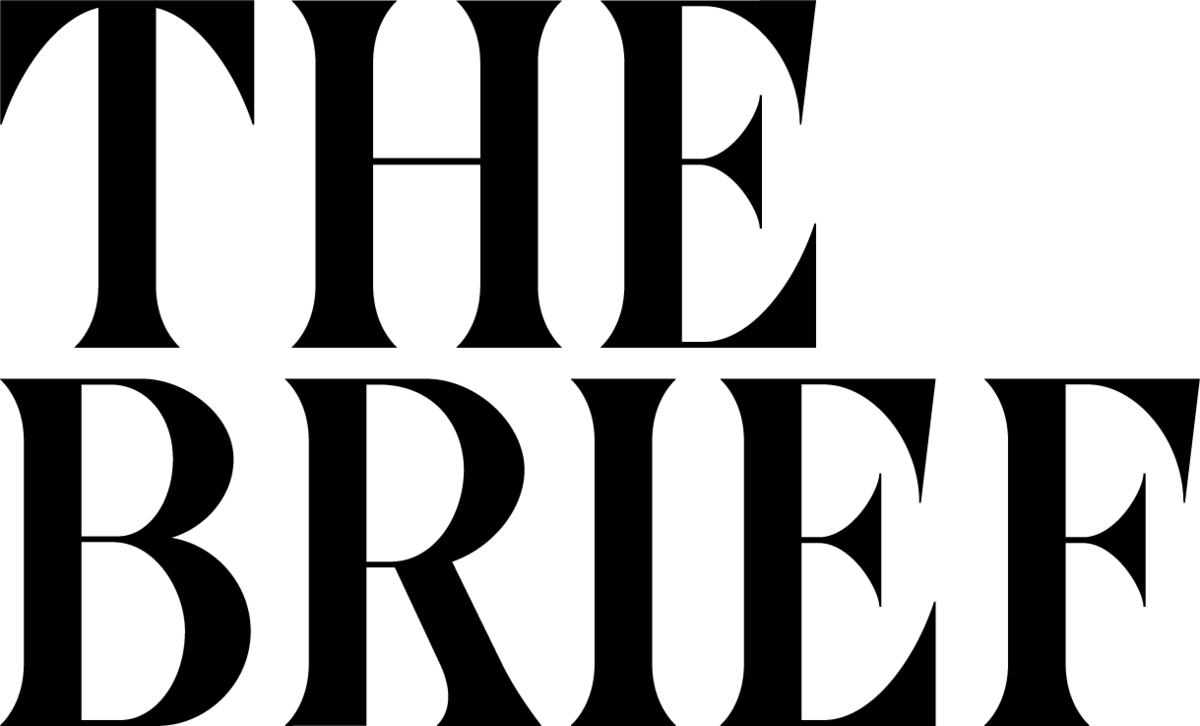
It’s that time of year again.
All year, we tell our clients not to speculate on topics they can’t back up with data, but then Q4 rolls around, and BAM - the tables turn.
Read Time: 2 minutes
That’s right - it’s predictions season. And your entry-level employees aren’t the only ones trying to slip out early before the holidays. Reporters have lives, too, and this is the one time of the year that they can get away with slating their stories in advance so they can spend a few days away from the demands of modern journalism.
So, what does that mean for you and your executives?
It means that you can finally put those outlandish and left-field thoughts to paper and frame them as a prediction to be published in your favorite industry publication.
Do you think Elon will open an office on Mars? Write it out. Do you think ChatGPT will be able to decode animal communication, which will then confirm that Squids are indeed otherworldly, leading it to intercept extraterrestrial signals and be the first to make contact with aliens? Submit that to Forbes!
Ok, I’m slightly kidding. Your predictions should have at least some relevance to your industry or to what’s going on in the world.
But really - the more edgy and contrarian you can get with them, the more likely you are to get them picked up and published.
Here’s the format you should use to submit your predictions:
Prediction: [Insert prediction]
In 2025, edge development... [insert short paragraph explaining prediction].
But you can’t just use this as an opportunity to push your product or service.
For example - if your product does Identity Verification, you can’t say that deepfakes and voice clones are on the rise and will require more identity verification platforms. Reporters will see right through that and will not publish it.
Instead, you could say that identity verification will need to start requiring behavioral biometrics like tracking and measuring typing speed, the way your eyes move when you read, and how you hold your phone when you’re reading it to ensure your identity and prevent fraud. This could even extend to the behavior of the accessor - as in, if your devices (which are all connected, of course) can sense nervous or anxious energy while trying to access everyday accounts, it’ll lock you out on all devices and flag a fraudulent attempt.
Now THAT’s a prediction.
See how it’s relevant and possible, but would be surprising if this came to be in the next year? That’s what you’re going for.
The best way to pitch predictions is as follows:
Formulate your ideas into the structure suggested above. Then identify publications and reporters requesting predictions for 2025. Button them up into a nice polished email, and send them away, giving any recipient permission to post with proper attribution. Et voila! In a few weeks, you will have a handful of predictions coverage hits to tack onto your press page.
Getting press doesn’t always require you to reinvent the wheel. Sometimes it’s as easy as letting your imagination run wild and sharing it with a few strangers.
Until next time -

Like The Colab Brief?
Share with your friends
Micro-Engagements (Now Live!)
The Colab PR Template Pack (Now Live!)
SWAG [Exclusive]
Where tier-one VCs get their news 📰
Get smarter about venture capital.
5x / week
<5 minutes / day
15,000 investors already subscribed
100% free forever
Sign up here 👇


